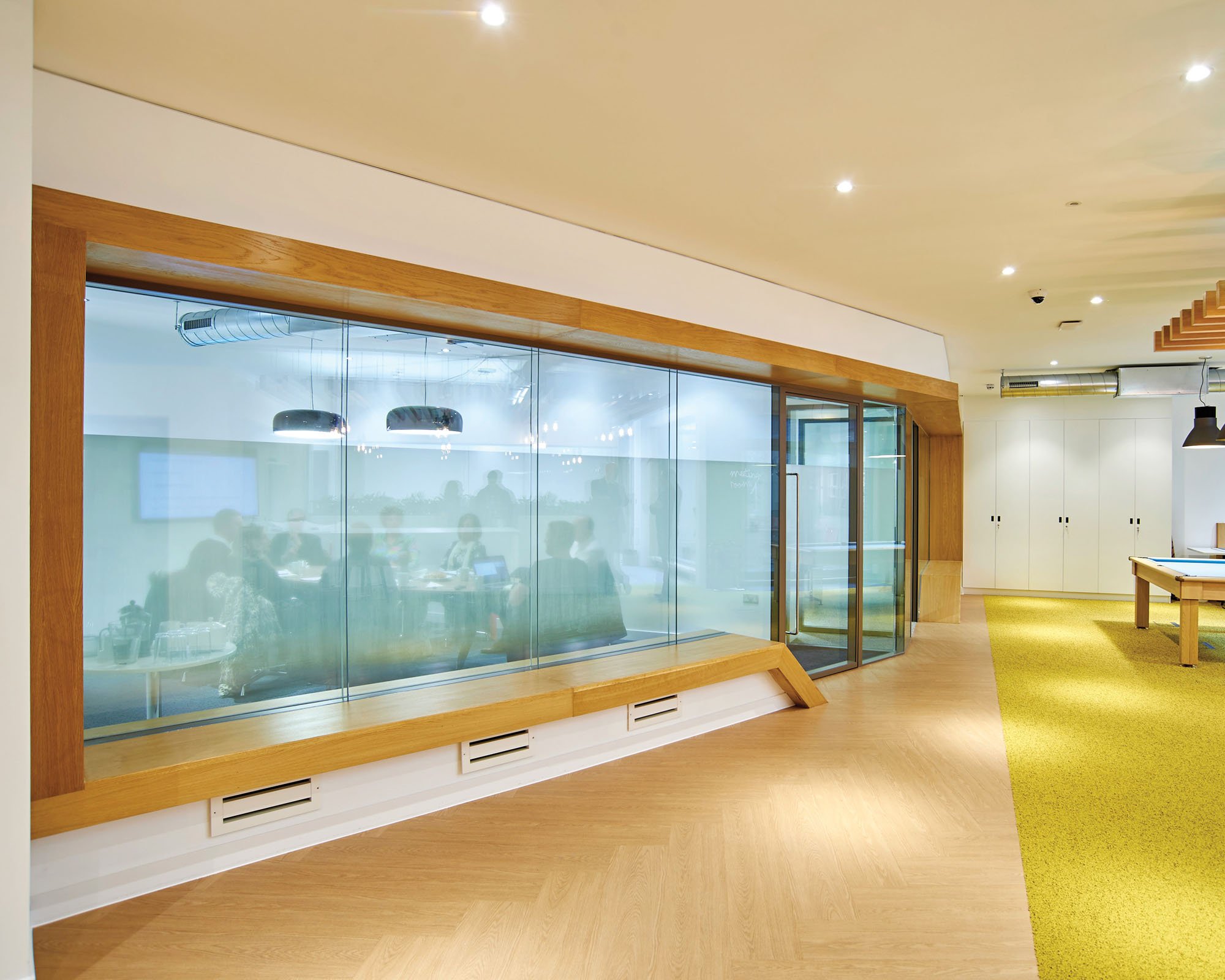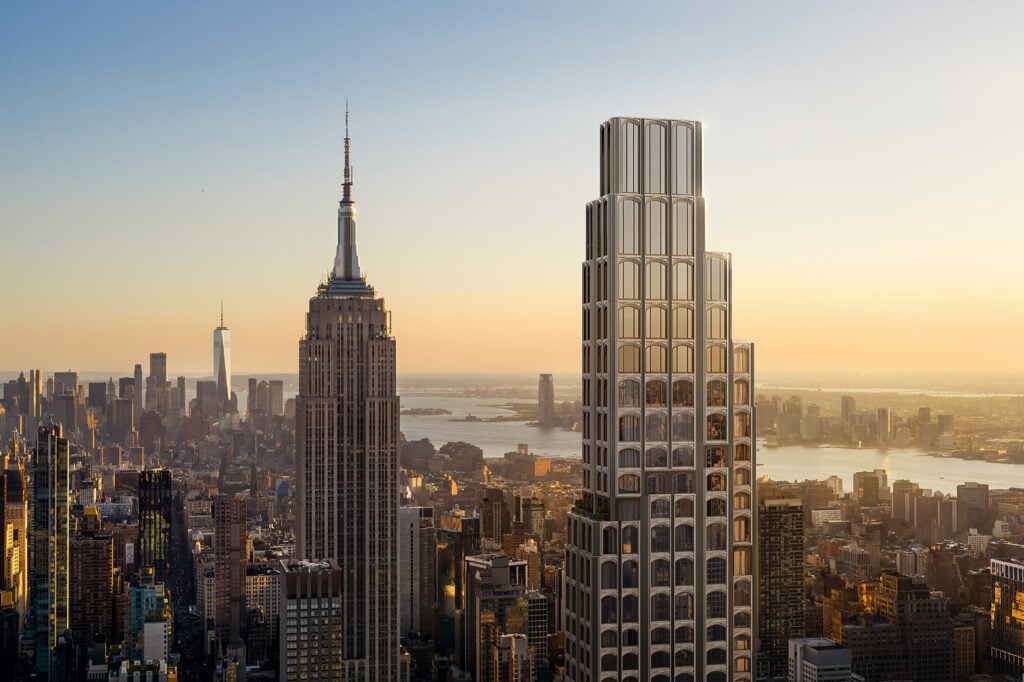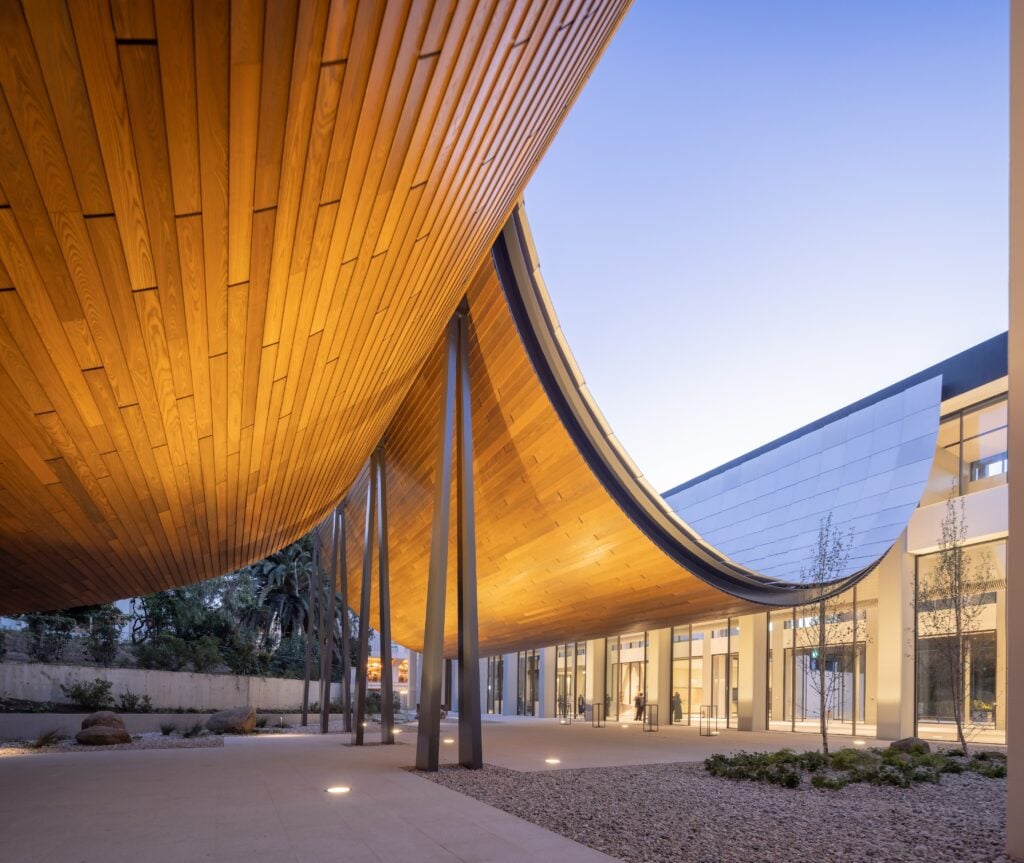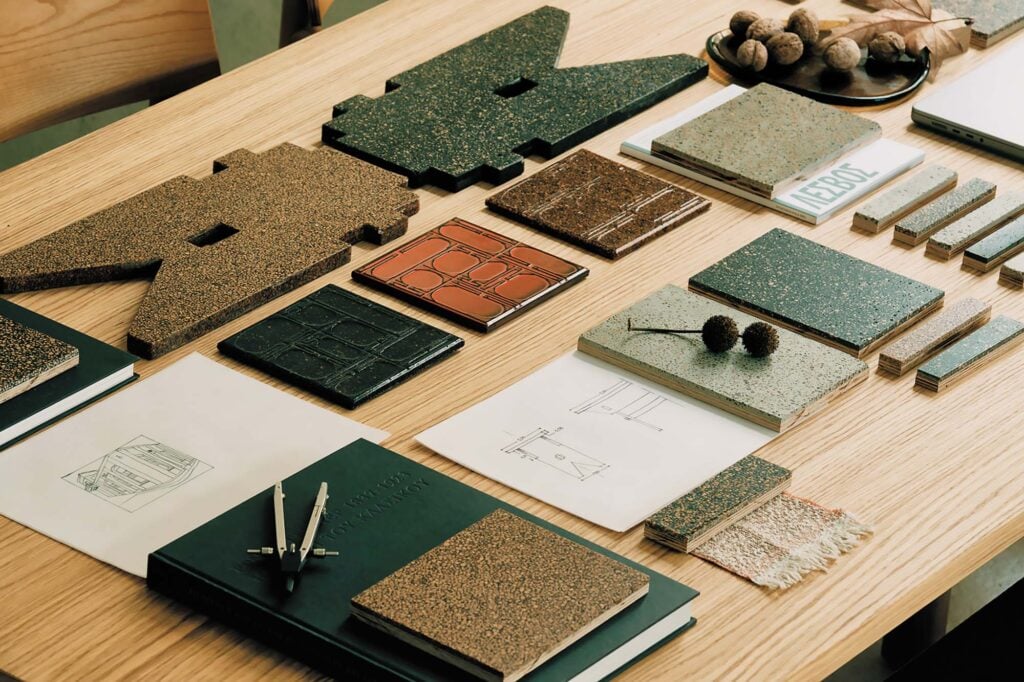
January 24, 2024
Manufacturers Catch Up on Embodied Carbon


Last September, window shade manufacturer Mecho unveiled EPDs for its entire line of shade cloth products. This represents one of only two sets of EPDs in this product category currently on the market. Interestingly, “there isn’t a product category rule for shading systems,” says Amy Bohnenkamp, a sustainability product specialist with Mecho. Product category rules are the “recipe” that determine how the carbon emissions are calculated for each type of product. “From the very beginning we worked with an assessor to figure out a methodology that made sense for our products. We ended up using a construction products category rule but modified it for a shade,” Bohnenkamp says.
This kind of corporate altruism isn’t new to Mecho. Back in 2004, it became the first in its category to achieve Cradle to Cradle certification for a manual shade. Bohnenkamp confides, however, “We hadn’t done much research on what the climate impacts of our products have been. Creating EPDs is the way to do it.”

Operating well within the scope of hot spot categories is U.K. company PurOptima, a global leader in the manufacturing of high-performance glass wall systems. The company only recently entered the U.S. market, partnering with distributors, but in doing so it effectively raises the bar for all regional competitors. “Sustainability projects [in the U.K.] are driven by carbon budgets,” says Ruth Parkinson, PurOptima’s head of marketing; these have spurred its investment in lower carbon emissions. For starters, the company has taken the bold step of transitioning its entire line to include Hydro CIRCAL, a new brand of aluminum made from at least 75 percent recycled postconsumer scrap, scaling down the carbon emissions in its supply chain.
“We’ve designed for reuse. No silicones, no adhesives; it’s a dry-joint system,” says Andy Stammers, PurOptima’s HSQE manager. “Rather than have [materials] go to landfill, which has been the dark side of the interiors market for many, many years, we’re wanting to pioneer a stop to that and bring the circular economy into play.”
The kind of policy incentives that motivated PurOptima in the U.K. will soon apply in the United States as well. Many designers and manufacturers will have to reckon with the amended CALGreen, which goes into effect in July 2024.

What was already the country’s first mandated green building code—applying to a state that is itself the world’s fifth-largest economy—will soon require measurable reductions in embodied carbon for all commercial buildings larger than 100,000 square feet and schools larger than 50,000 square feet. (This applies to new construction and major renovations.)
“In order for us to really make an impact, all buildings need to be held to a certain standard and it cannot be voluntary,” says Avideh Haghighi, sustainable design leader with ZGF and a steering committee member of the AIA California Climate Action Committee, which advised on the recently adopted amendment to CALGreen. Haghighi stresses that high-embodied-carbon materials like drywall are ripe for greater oversight, and third-party verification in the form of an EPD is a good first step. “We’ve hit a point where there are enough EPDs; now we need to optimize them. Now we can ask [manufacturers] to meet actual thresholds and make reductions. CALGreen is really at the forefront of taking that leap.”
CALGreen specifies three possible pathways for reducing embodied carbon: whole-building LCA, building reuse, or a prescriptive approach—and only the latter two may apply to interior products. With limited avenues and slow release of carbon emissions data in the form of EPDs, leveraging interiors to achieve low-carbon goals will require real vision, at scale. And until more high-performance standards become legally enforceable, those visionaries will have to continue to self-regulate.
Wherever there’s an “initiative to lower impacts on environments, reduce embodied carbon, or have a sustainable level of legislation, that’s music to our ears,” Stammers says. When asked what California’s green building code potentially means to his business, he replies, “Bring it on!”
Would you like to comment on this article? Send your thoughts to: [email protected]
Latest
Viewpoints
Archtober Invites You to Trace the Future of Architecture
Archtober 2024: Tracing the Future, taking place October 1–30 in New York City, aims to create a roadmap for how our living spaces will evolve.
Projects
Kengo Kuma Designs a Sculptural Addition to Lisbon’s Centro de Arte Moderna
The swooping tile- and timber-clad portico draws visitors into the newly renovated art museum.
Products
These Biobased Products Point to a Regenerative Future
Discover seven products that represent a new wave of bio-derived offerings for interior design and architecture.





